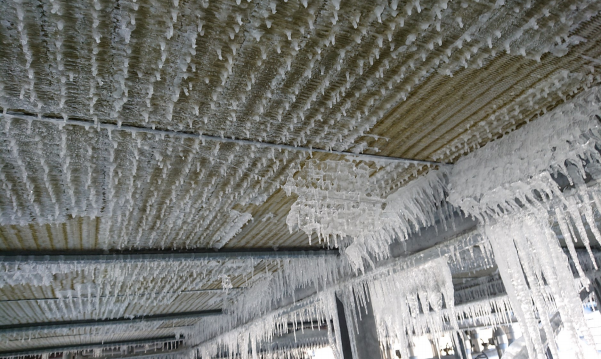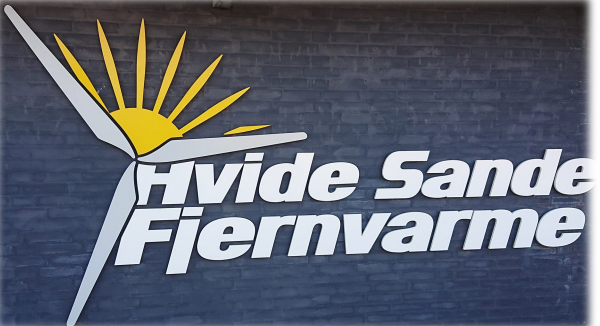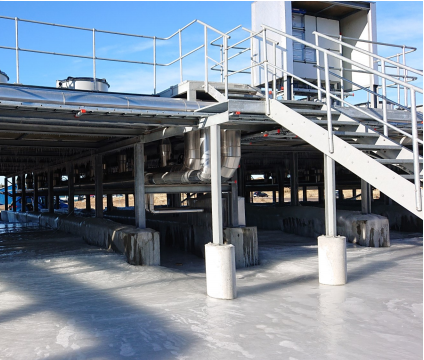Automatic Defrost. Best Pratice for Effective Defrost
With both types you are challenged by ice build-up when the outdoor temperature is lower than + 8˚C. This is due to the temperature difference between the air and the coolant / brine. Another factor is the weather, where humidity, rain and wind also play a role in the build-up of ice.
Ice build-up affects the efficiency of the evaporator, therefore it is important to be able to measure the formation of ice and control the defrost in accordance with the conditions.
There are several methods for monitoring ice formation, most are indirect and in many cases are not always entirely accurate. Temperature difference control is widely used, in this way you measure the input and output temperature on coolant / brine, here it is assumed that when the temperature difference is approx. halved compared to the evaporator, defrost is then initiated.
HB Product has optimized its HBDF defrost sensor which has been developed for defrost on demand for cold storage so that it can now also control defrosting on the air evaporator and cold storage / production areas with an air temperature of approx. +1 to + 10˚C (wet ice). The sensor consists of a thin insulated wire which is mounted or directly wound on the evaporator tubes located between the aluminium fins.
The measuring principle is capacitive and when the air surrounding the wire partially turns to ice, the measuring signal will increase, thereby you can start defrosting with an ice build up from 1 to 2mm ensuring a higher efficiency.
Advantages: Direct measurement is made possible independent of the operating conditions of the heat. Read more about our Defrost sensor HBDF.



